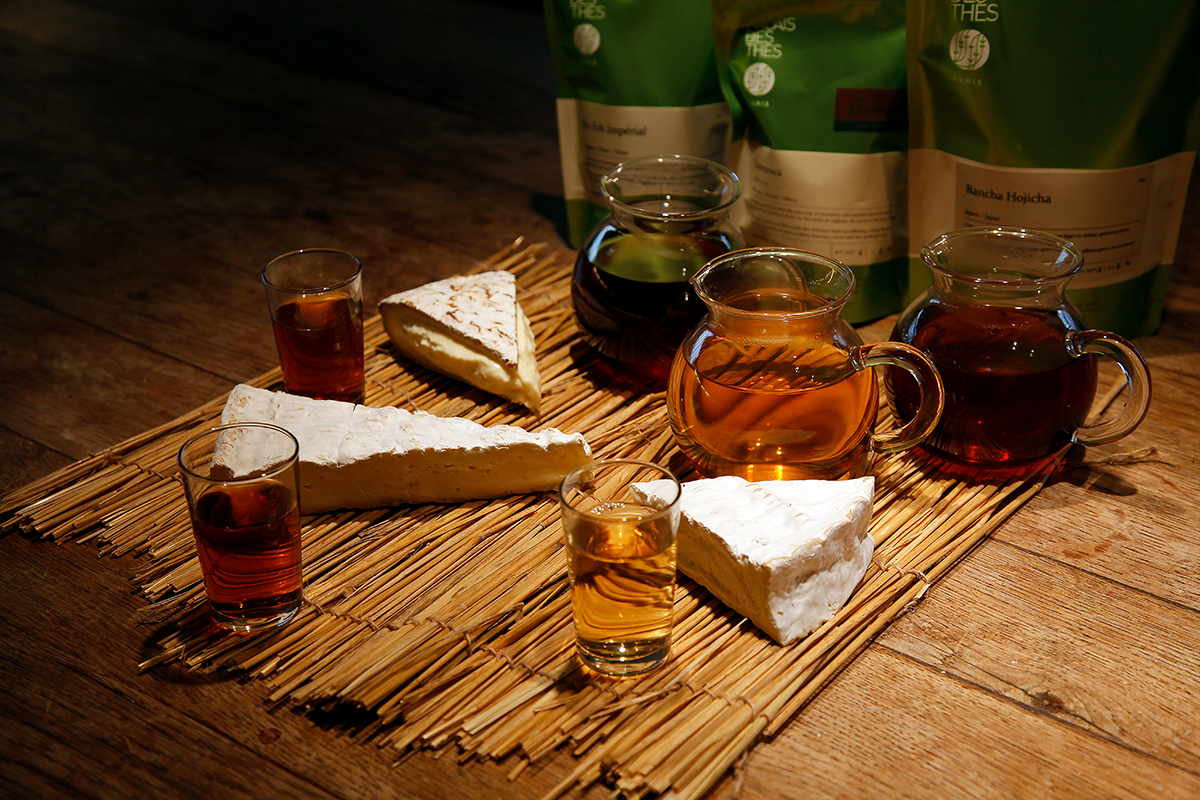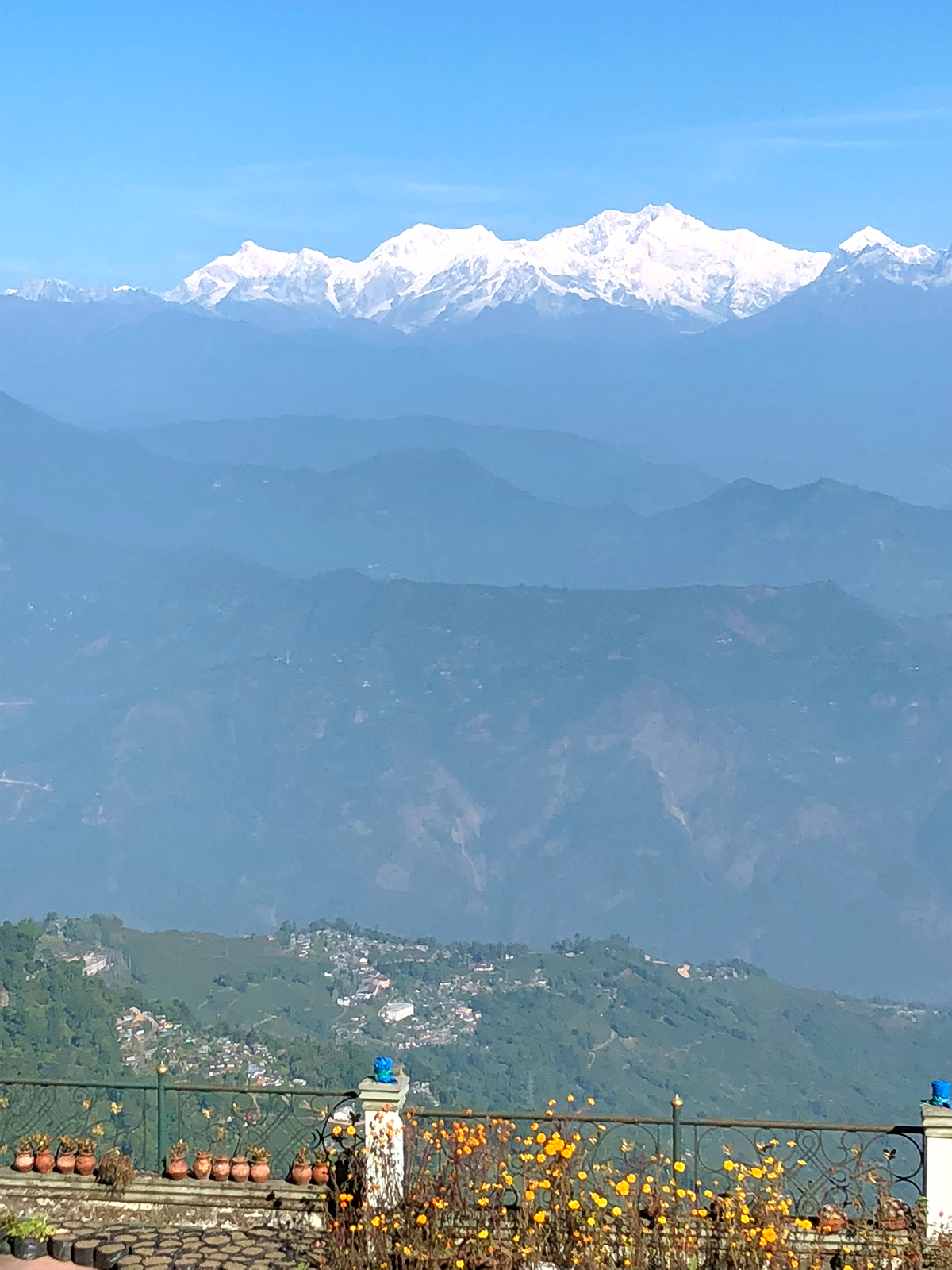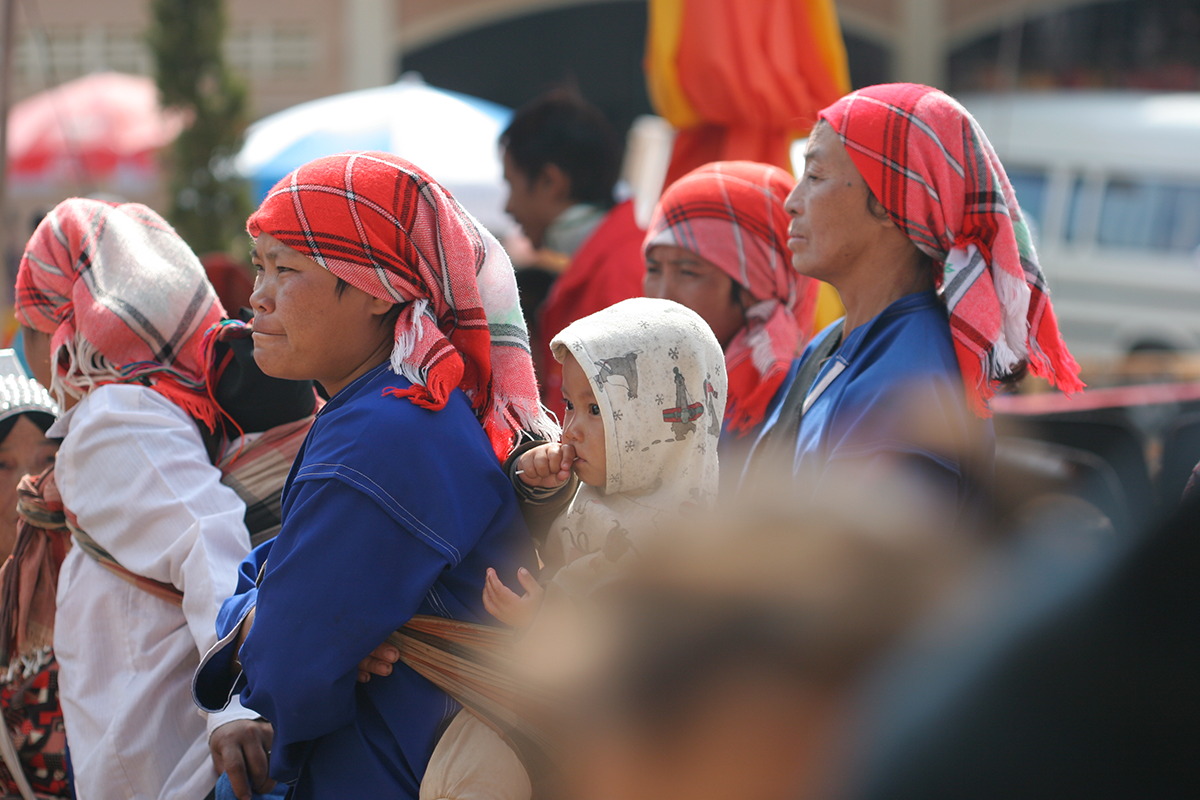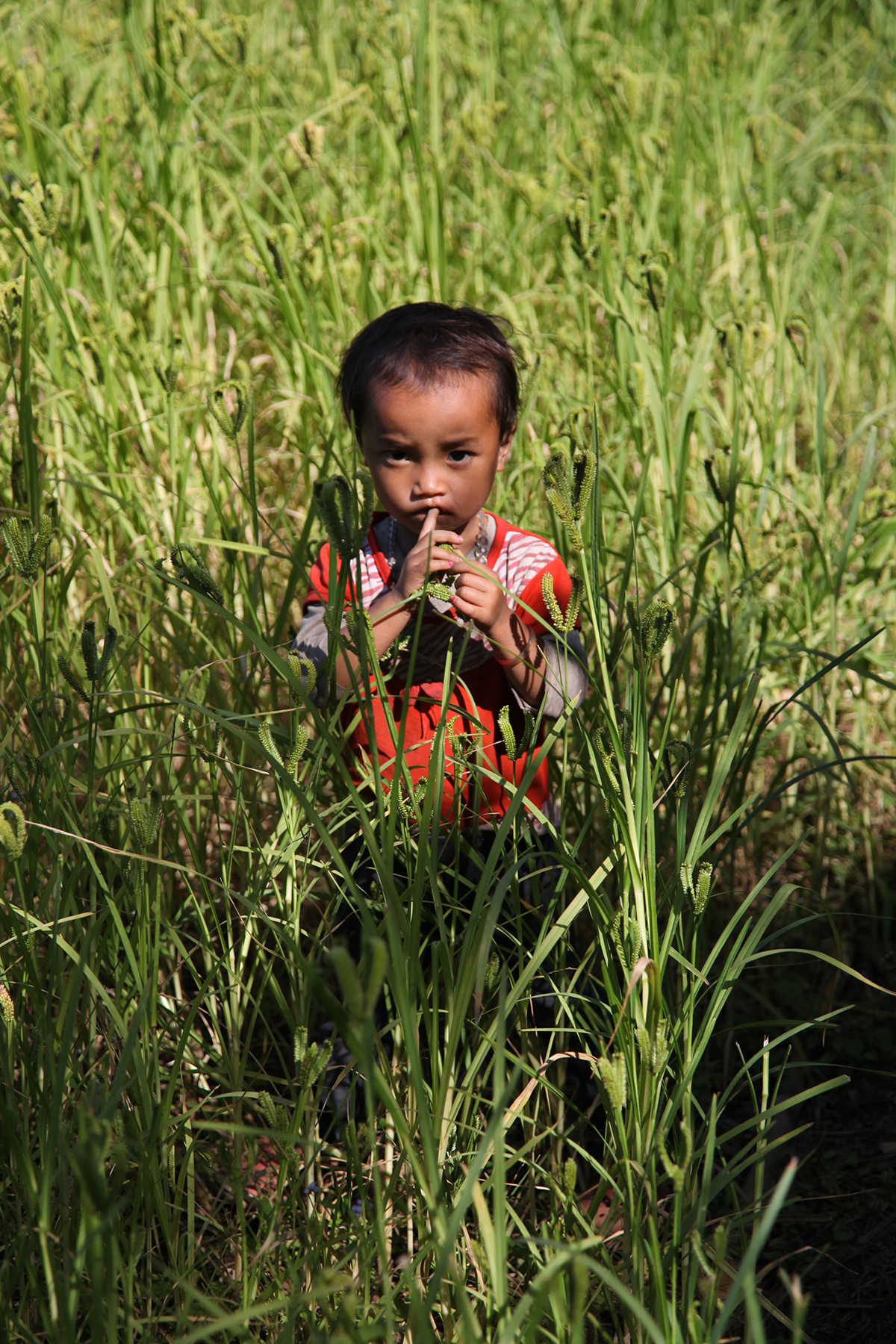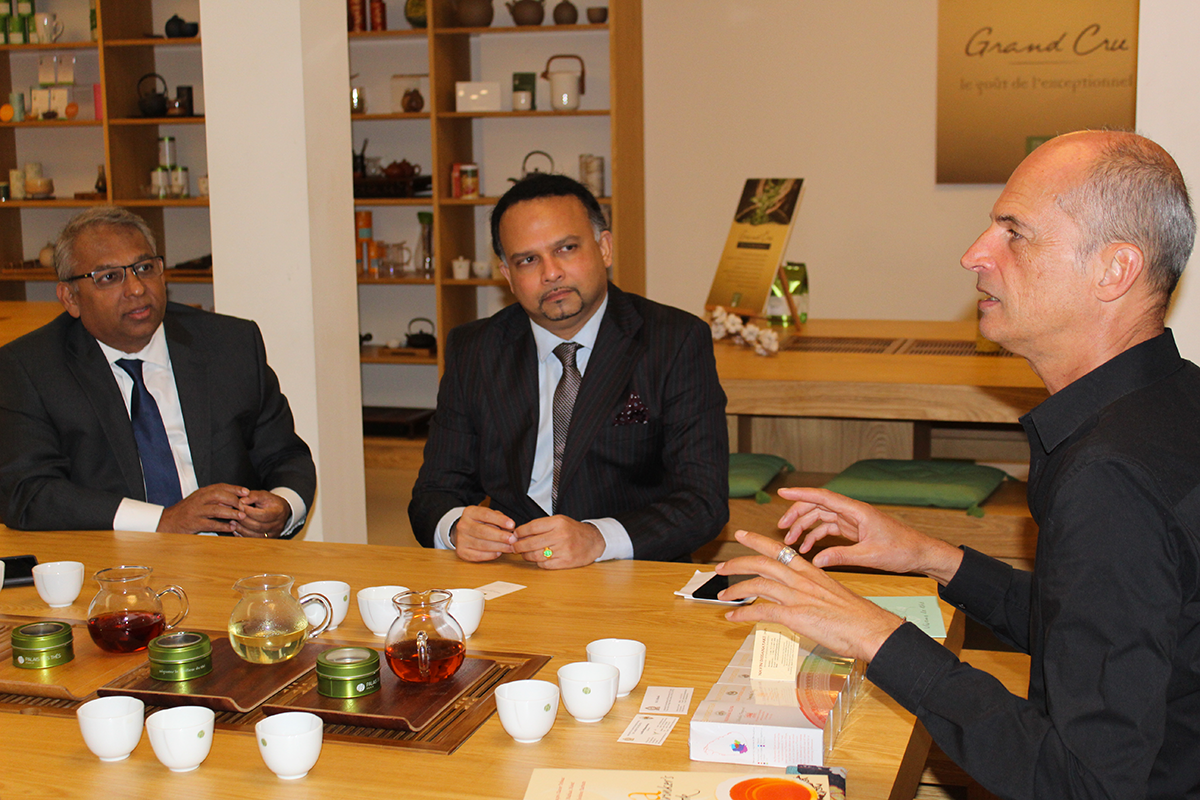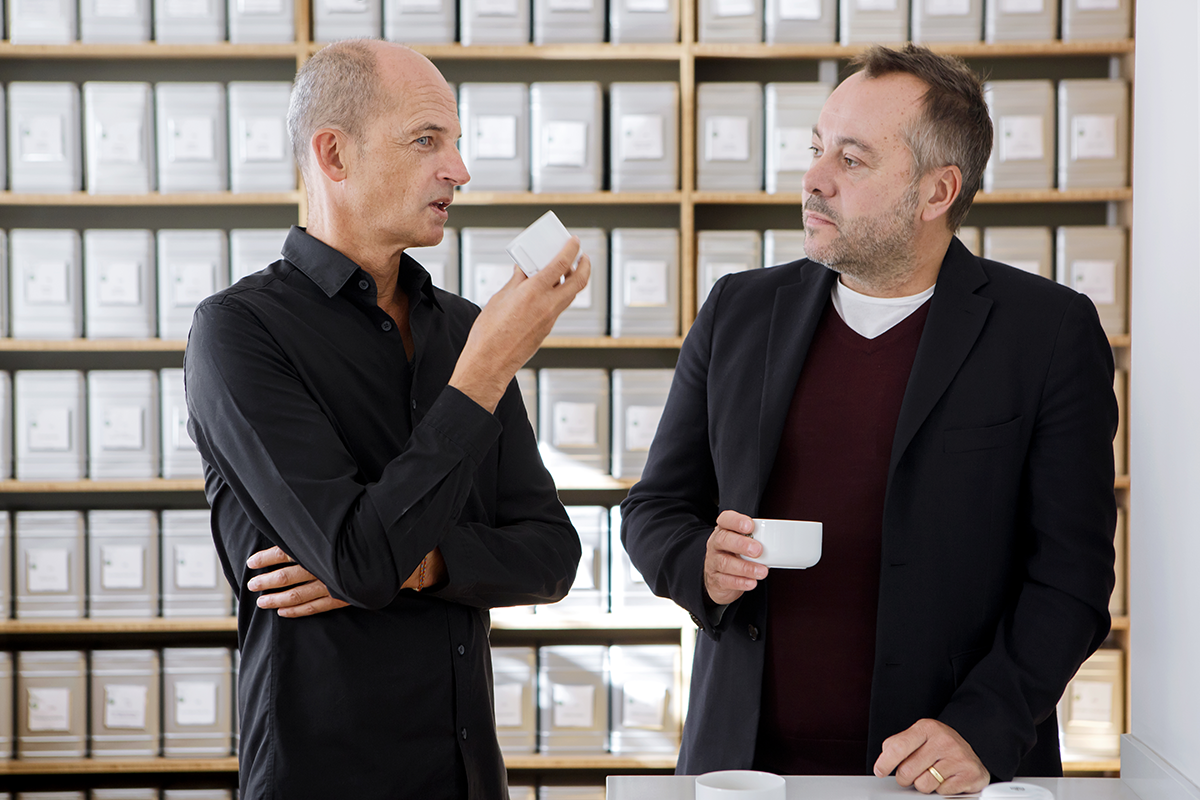Tea and cheese make ideal partners. To go with a Brie, whether it’s from Melun, Meaux, Nangis or Montereau, I recommend a Bancha Hojicha. The woody, roasted notes of this well-known Japanese toasted tea beautifully complement the flavours of the soft cheese. And if you prefer, you could infuse the tea for an hour in water at room temperature, instead of in hot water.
It’s not easy to find the right pairing. You need to taste lots of different teas, as in this photo, where I’m comparing Pu erh Impérial, Malawi Dark and Bancha Hojicha with three different Bries, after trying many others.

